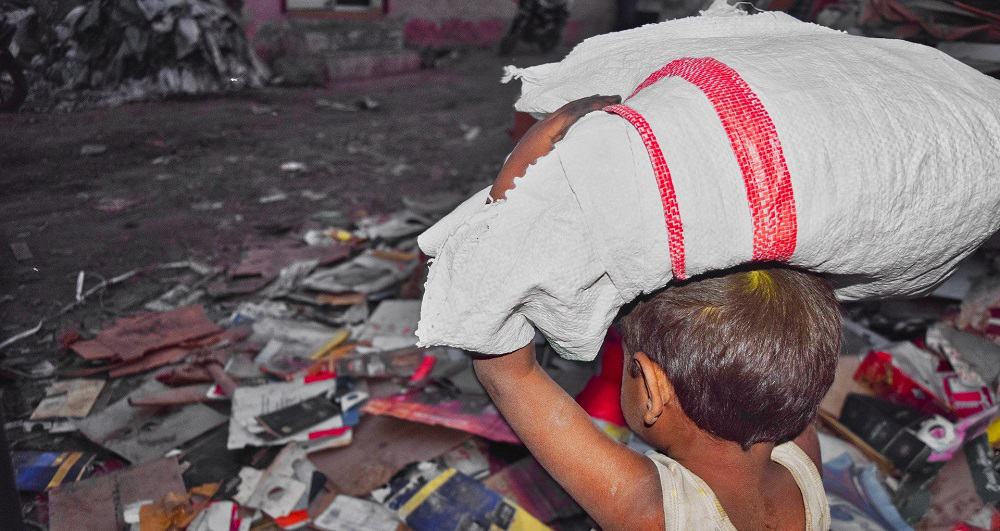By definition, Child labor can be explained as the exploitation of children through any occupational means which would interfere with their basic education or mental, physical. moral or social well-being. The term is often held accountable for keeping the children from an ideal childhood, potential, or/and dignity.
Some glances under the practice involve the children being either forcefully enslaved, abducted from their families, forced to work in hazardous conditions and left to survive against large cities at a very young age. However to identify child labor, the age of worker, nature of the occupation, working hours as well as the working conditions are analyzed and the criteria vary from country to country.
In India, Any worker working in hazardous conditions under the age of 14 is classified as a child laborer.
Historical perspective of Child Labor.
Under the Ashoka empire (268-31 BC), The upbringing of children was influenced by the prevalent biases of caste and gender, However, by the time Chandragupta Vikramaditya reigned, Education including morals like obedience and respect for elders was made fundamental to all.
As the Arabs, Turks, Mughals, and Afghans came in the eleventh till the seventeenth century, The wealth and sociocultural philosophy of India was brutally plundered. This impoverishment was faced by several including children and foreign culture was slowly affecting ours. Families, especially those living in rural areas would no longer afford fundamental facilities and meals.
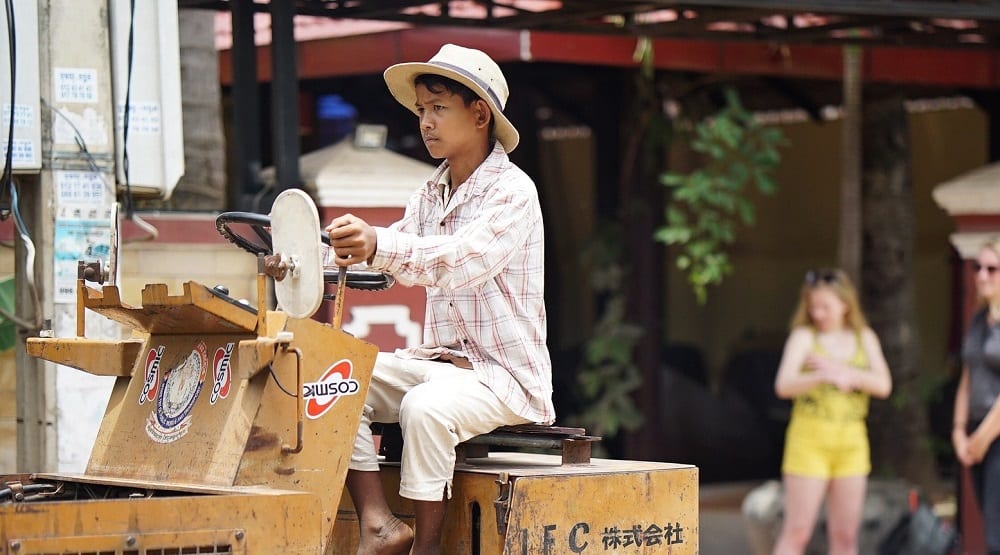
Now that the earlier established fundamental education was withering away due to invasion, Only the higher Hindu castes had an access to elementary education. In the case of the Muslims, education became a privilege only available to those who belonged to aristocratic or wealthy families. Gender-wise, Girls were often kept from education.
As the subcontinent afterward became the colony of the British and a new economic, social, political order, The children from the lower strata were pushed into a dilemma as they were further exploited.
As the struggle for freedom began, the revival of the recessed vitality, values, and initiatives of Indian society under decades of slavery. This backwardness including illiteracy, child marriages, etc was pointed out by the leaders like Mahatma Gandhi and Raja Ram Mohan Roy with others to be overcome. As a result, Child care came up to be one of the significant features in the resurrection of India.
Types of labor and Hazardous labor
Amongst the several forms of Child labor, the most prevalent are
- Child trafficking, Children are traded illegally for labor, prostitution, begging, being a child soldier or for sexual exploitation.
- Slavery, Children are held against their free will to be forced to work for another person without having the option to leave.
- Serfdom, Children are illegally transferred to foreign land to work at very low or almost no pay.
- Debt bondage, Children are handed over to work in exchange to pay the debts if the family isn’t able to pay with money.
- Forced labor, Children are made to work despite wishing otherwise or are forcefully put into armed conflicts, ultimately to be exploited.
- Sexual exploitation, Children are profited off by being forcefully involved in prostitution or commercial sex.
- Drug trafficking, Children are either trafficked and often lied to with false promises of status and money to produce and traffic drugs.
- Organized beggary, Children are often intentionally disfigured to make more money while begging.
Hazardous child labor is defined as any form of work is likely to harm the children’s health, moral, or safety. It may result in a fatality, permanent disability or chronic illness, and a variety of health and psychological damage. Children, as compared to adults, have a higher chance to get sick as their bodies are not yet developed.
Some hazardous work activities that are prohibited are
- An occupation that exposes children to physical, psychological, or sexual abuse.
- Occupation taking place underground, underwater, in heights, or confined spaces.
- Occupation involving dangerous equipment or heavy loads to carry.
- Occupation with abnormally long working hours.
Hazardous child labor is the leading category of the worst forms of child labor with a probable 73 million children, aged 5-17, working in treacherous conditions in a variety of occupational sectors, including farming, mining, construction, industrial work, in hotels, bars, restaurants, markets, and domestic services.
It is analyzed on a global level that children often start carrying out hazardous work at very young ages. the International Labour Organization estimates on a global level that around 22,000 children die at work on an annual basis.
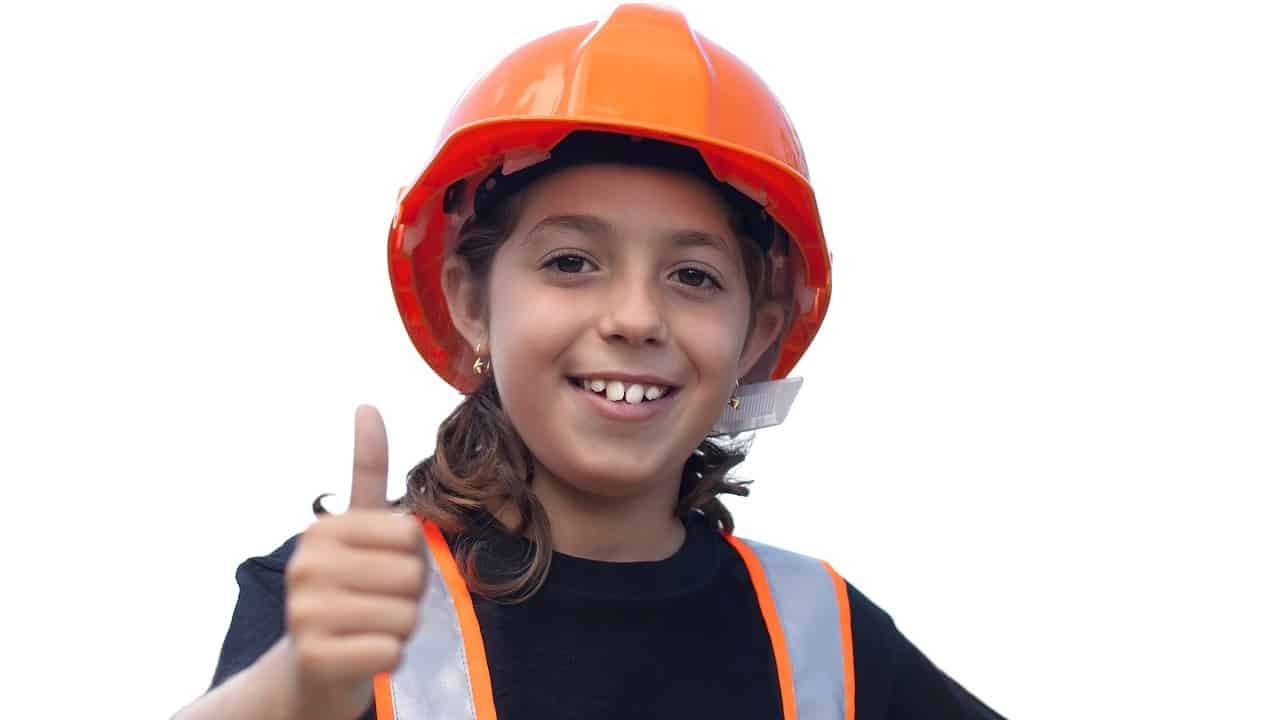
Causes of child labor
Referring to the International Labor Organization, The greatest reason for child labor is poverty. Several impoverished households depend largely on the child’s work as it sometimes makes 25-40% of the family’s income. Another major reason is the lack of meaningful necessities like affordable education within reach. With the absence of these resources, the parents negotiate the education and send the children to work.
Effects of child labor.
Child labor interferes with a child’s social development as rather than interacting with the peers, the child spends time doing labor. Studies reveal that children who work more than 20 hours a week are at a much greater risk to develop faulty social behaviors like aggression which can further impact their education and they are more likely to perform poorly or drop out of school.
Relationships between children and family are hindered since children do not get to be with their families to build personal positive relationships which are required for a child to thrive and be confident this also leads to insecurities and emotional problems. Due to working alone, They also experience isolation and depression which restrains them from the healthy emotions which are required while growing up.
Since the child workers are mostly kept from playing outside which naturally contributes to their growth, they are smaller than other healthy kids and often suffer malnutrition and other serious health issues in life.
The economy is discouraged by child labor as it interferes with human capital accumulation because child labor reduces adulthood labor market productivity which depresses adult wages.
Also read: HOW TO ENHANCE SOCIAL SKILLS IN CHILDREN
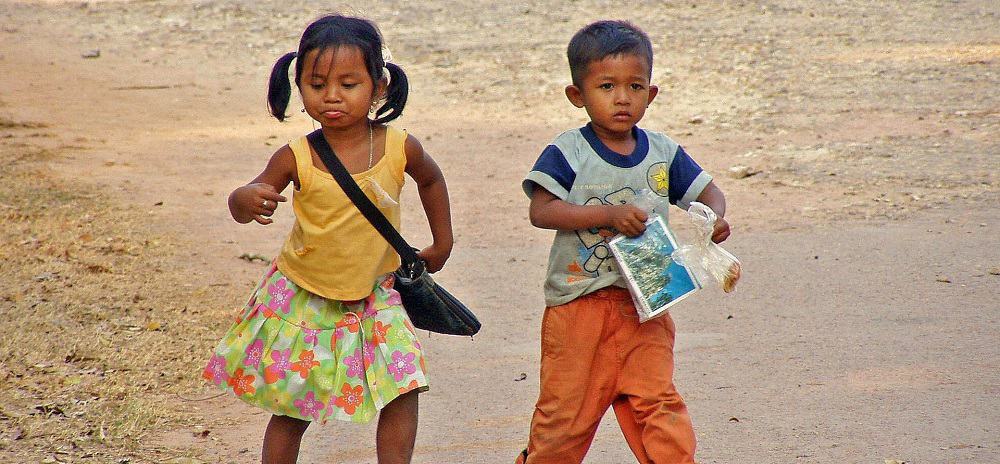
Laws and their implementations- consequences.
The Gurupadswamy committee, 1979.was formed to deal with child labor.
The child labor prohibition and regulation act, 1986. Established from the roots and recommendations of the committee.
National policy on child labor, 1987. It aimed to rehabilitate the children stuck in hazardous occupations.
100 Industry specific projects, 1988. By the ministry of labor and employment for rehabilitating child workers.
The Indian government has sanctioned an overabundance of organizations, and institutions to battle the currently overwhelming status of child labor in the country. A few of the initiatives by the ministry of labor include the Child Labour Prohibition and Regulation Act which is a part of the constitution that absolutely bans the employment of children in dangerous work conditions and regulates the conditions of work of children.
the National Policy on Child Labour pursues to adopt a consecutive approach with a focus on rehabilitation of children working in hazardous occupations and the Ministry of Labour and employment functions to provide a variety of policies regarding child labor in India.
Prevention of child labor.
India is not just a country, It is all the people in it, and for the sake of the new upcoming generations, here’s what we can contribute as mere citizens for reducing child labor.
Spread awareness
If the general awareness reached from people to people, it can prevent discontinuation of education for pushing the child into child labor.
Lack of indulgence on the part of parents forms situations where traffickers target children and many trafficked children are then ended up being forced into child labor. Mindful societies can understand and respond to children’s issues with comparatively greater efficiency. Being an aware citizen also ensures that communities from which one belongs spout growth, education, and enterprise openings and construct a socially and economically advanced and updated society in which children grieve much less than they should.
Stern implementation of laws
Policymaking is necessary for implementing a social change that may work in the long run. Petitioning for more suitable and better laws include the demonstration of as to how change can bring considerable benefit, may it be the field of child labour or any other.
NGOs research, and showcase discoveries about exploited children, and use case studies to determine how their work aids children. Leading policy-level amendment requires relationships with various sponsors which include the media, lawmakers, citizens, the people from civil society, etc.
Numerous cases have been filed under the new Protection of Children Against Sexual Offences Act and Immoral Traffic Act, which have fruitfully translated in increased persuasions, displaying how constituting can restraint child trafficking. NGOs are also to maintain harmonization with district and state-level authorities for a headful eye on the execution of pro-child laws.
Sending more children to school
Despite having the world’s largest educational system, India yet faces the obstacles of low literacy, due to low admissions on an annual basis. Several organizations like Save the Children achieve several ingenuities to boost children’s or parental’ seek admissions in schools. The organization records out-of-school children and those who are at risk of dropping out and confirms that they enter into the pleat of education.
The following initiatives are done in interest to Save the Children’s child education achievements.
Introduction of ‘Inclusive Learner Friendly Environments’ for children around the ages 3-18 years across settings as diverse as slums and villages.
Share a word of awareness with children and their families to encourage them to send their children to school and provide admissions assistance.
Creation of a fun, meaningful experiences in school with child-friendly and interactional teaching-learning methods to keep the children engrossed.
Spawn funding and establish and run libraries and labs with a set-up like computers, proper sports equipment as well as Mobile Learning Centres.
Efficiently being able to bring back the previous drop-outs or out-of-school children who might have never-been-to-school, to begin with, like children from the streets, and child laborers to school.
Discouraging people to employ children in the domestic setting, shops, factories, etc
It is sickening to know that even in times like now, child labor gets an unquestionable endorsement when Indian businesses blatantly use it in industries like retail, hospitality, and menial work, etc. NGOs today are expected to warn these Industrial organizations to end this social dilemma, and educate and make the locals aware of reporting occurrences of child labor at businesses and homes or where ever.
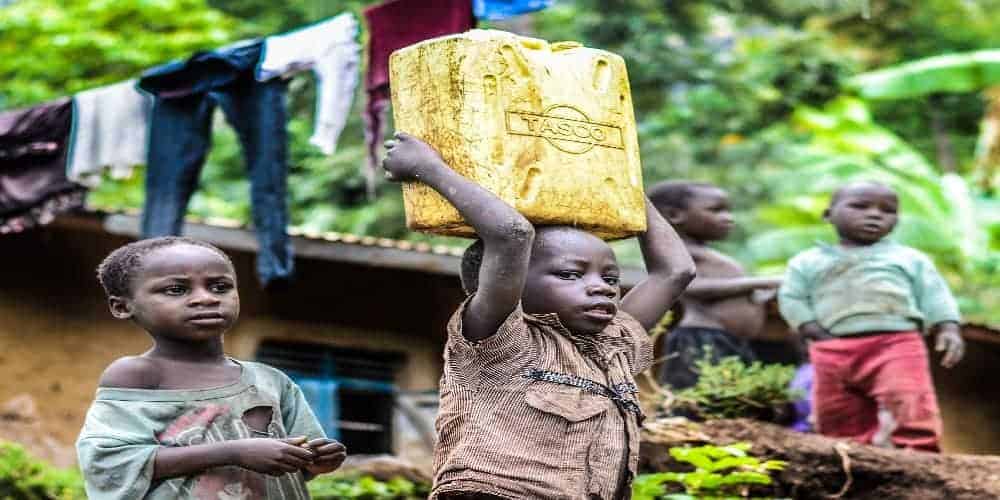
Demographics.
Due to problems like lack of education and low literacy rates, overpopulation, and unemployment, a huge portion of children is forced into child labor every single year. A study states Indias 62.8% of the work force is made up of children of ages 14 to 17 working in inhuman hazardous conditions, this labor was the most omnipresent in the rural regions were about more than 80% of the children found menial work to engage in.
Conclusion
With the urbanization. the child workforce has recently migrated from the rural lands to the cities in hopes to find more employment as to follow the cognition that big cities provide more opportunities for work than the smaller towns.
It has recently been reported and recorded by UNICEF that there has been an alarming increase in child labor in urbanized areas for children of age from 5 to 14 which is estimated to be a staggering 54%. To add to the despair, Another study has revealed a few numbers which include the total number of child laborers in India which crosses 13 million, with 1 million child laborers being exploited in the national capital itself.
Frequently Asked Questions
Q.1 What occupation hires the most child laborers?
Ans: The agricultural sector hires most child labor. Being a large part of the nations’ occupational diversity, India has a lot of agriculture which is often assisted by the families of the farmer to ease up on labor expenditure.
Q.2 Which country has the most child labor?
Ans: Afghanistan, Sudan, Pakistan, Republic of Congo, Myanmar are a few of the numerous countries with pathetic levels of child labor yet prevalent.
Q.3 Which country has the most child literacy?
Ans: Finland is named first in the list of having the most literate citizens across the globe.
Q.4 What is the latest initiative by the government against child labor?
Ans: National Child Labour Project was the last initiative launched by the Indian government in 1988.
Q.5 What are the famous NGOs working against child labor?
Ans: Organizations like Child Rights and You (CRY), CHILDLINE India Foundation, Save the Children India, SOS children’s villages, India are working against child labor.
